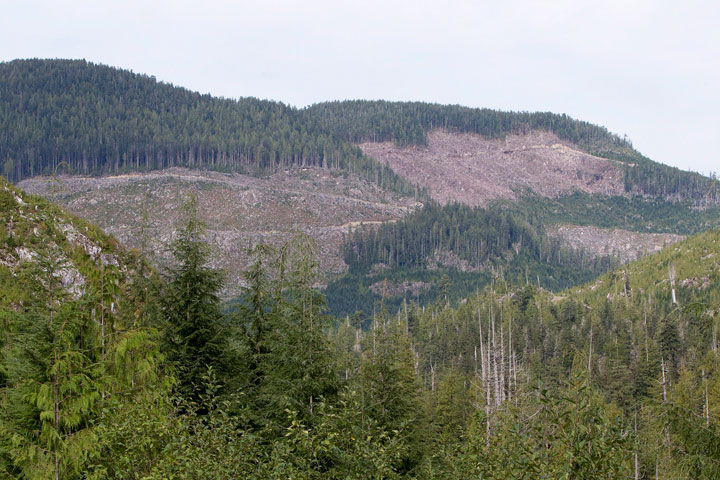MONTREAL – There’s no sign that China’s appetite for lumber is waning despite its somewhat slower economic growth, according a top executive of West Fraser Timber who sees demand remaining strong not only for his company but for other producers as well.

West Fraser vice-president Chris McIver says the Vancouver-based company has shifted its sales efforts inland from China’s coastal markets because it believes there’s still plenty of demand for lumber.
“There’s tremendous need for lumber, whether it’s from us or from elsewhere in the world,” McIver said in a recent interview.
“So (China’s) overall economic growth may slow, but we don’t see demand for our product slowing. In fact we see it growing.”
Analysts expect West Fraser’s adjusted profit for the third quarter will increase six per cent from a year ago to $1.35 per share, according to estimates compiled by Thomson Reuters.
The company issues its earnings after markets close Monday. Canfor Corp. and Acadian Timber Corp., also based in Vancouver, issue their results Wednesday after markets close.
West Fraser, one of Canada’s largest lumber producers, began exporting more of its production to the Asia-Pacific region after 2007 — when U.S. demand collapsed along with that country’s housing market.
About 30 per cent of its Canadian production is currently exported to China, Japan and Korea, compared with just five to eight per cent in 2007, when Japan was West Fraser’s main Asian market.
- Honda expected to announce Ontario EV battery plant, part of a $15B investment
- Trudeau says ‘good luck’ to Saskatchewan premier in carbon price spat
- Canadians more likely to eat food past best-before date. What are the risks?
- Hundreds mourn 16-year-old Halifax homicide victim: ‘The youth are feeling it’
Although U.S. housing industry has finally begun to recover from one of its deepest recessions on record, West Fraser Timber doesn’t foresee a drop in Canadian shipments to China.
The world’s second-largest economy grew by 7.8 per cent in the third quarter and the central government in Beijing aims to keep growth above 7.5 per cent.
That’s barely half of the 14.2 per cent China’s expansion in 2009, but far above what’s expected in the Canada, the United States, Europe or Japan.
McIver said challenges remain in central B.C. because of mountain pine beetle infestations but the industry is in better shape than it was five or six years ago.
“It was pretty much a depression in our industry but we are very encouraged about the future and the future for our employees and the future for prospective employees.”
Shipments of B.C. softwood lumber to China are on track to set a new record in 2013. For the first eight months through August, shipments were running 2.4 per cent higher than 2012.
Paul Quinn, an analyst with RBC Capital Markets, notes that the U.S. was slapping a 10 per cent duty on Canadian softwood in August but those charges have since fallen.
They are now down to five per cent and are expected to drop to zero in November because of higher prices for Canadian lumber.
The Vancouver-based analyst expects prices will increase from US$350 per thousand board feet this year to US$380 in 2014 and to US$425 in 2015.
Tembec Inc. vice-president Dennis Rounsville says the Quebec-based producer sells little wood to China but believes increased demand from Asia and a U.S. recovery will boost prices.
“If we look out over the next two or three years, we see a strong arrow up. How steep the arrow up is dependent on how quickly the housing market comes back,” said Rounsville, the retiring head of Tembec’s forest products group.
American housing starts remain well below the two-million level of 2005 but have risen over the past three years, with Rounsville saying he expects them to reach 950,000 in 2013 and up to 1.3 million by 2015.



Comments